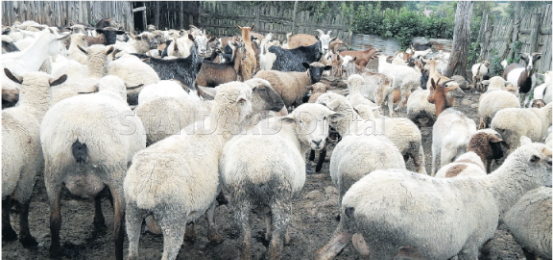
Small ruminants refer to goats and sheep also collectively called shoats. These form an important segment of livestock production system in Africa. Most small scale farmers in Kenya keep sheep and goats alongside cows but on a large scale they are kept in ranches or under nomadic pastoralism in large herds.
Internal parasites or worms as they are commonly called are a major cause of death and poor productivity in sheep and goats. Worms reduce weight gain, predispose shoats to other opportunistic diseases, reduce feed intake and lower skin and wool quality.